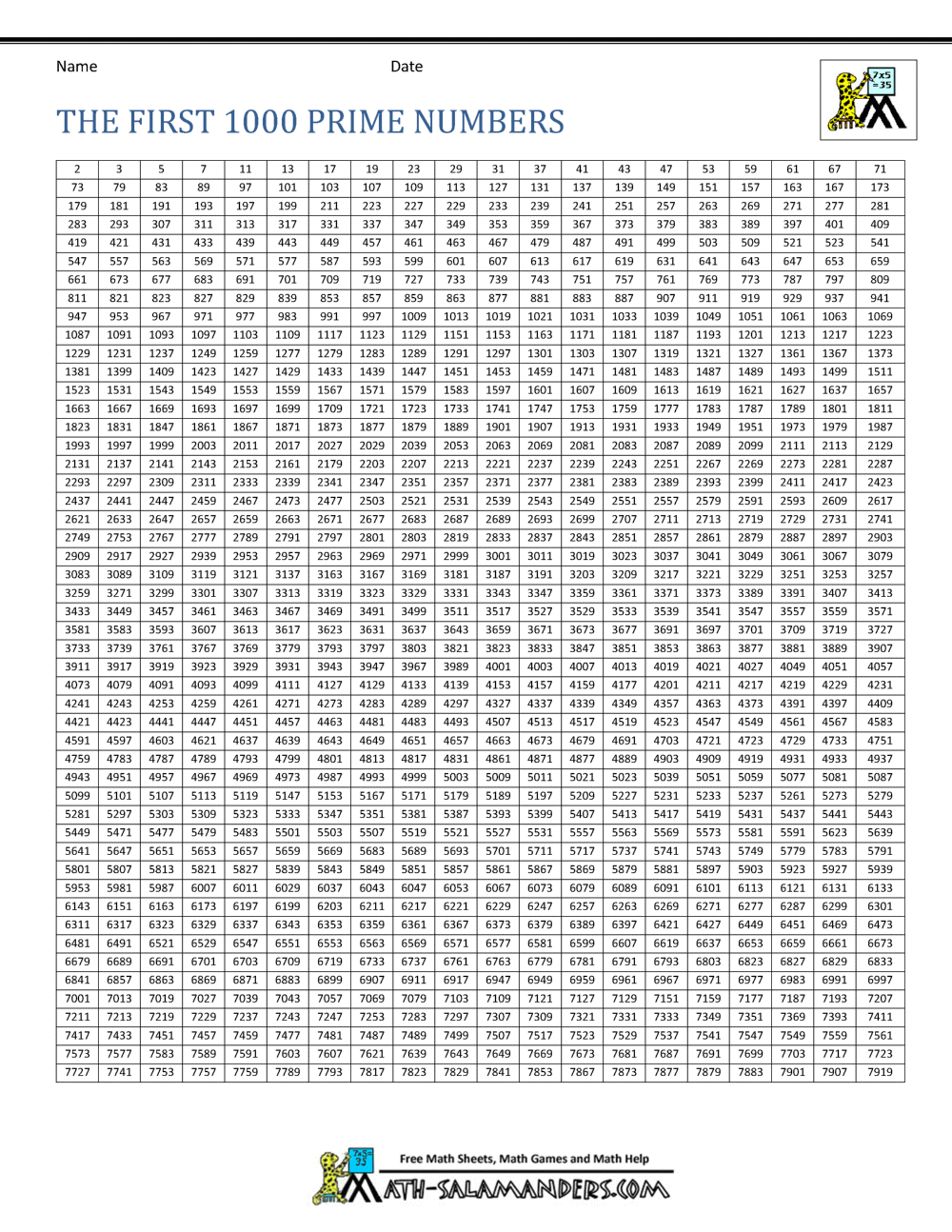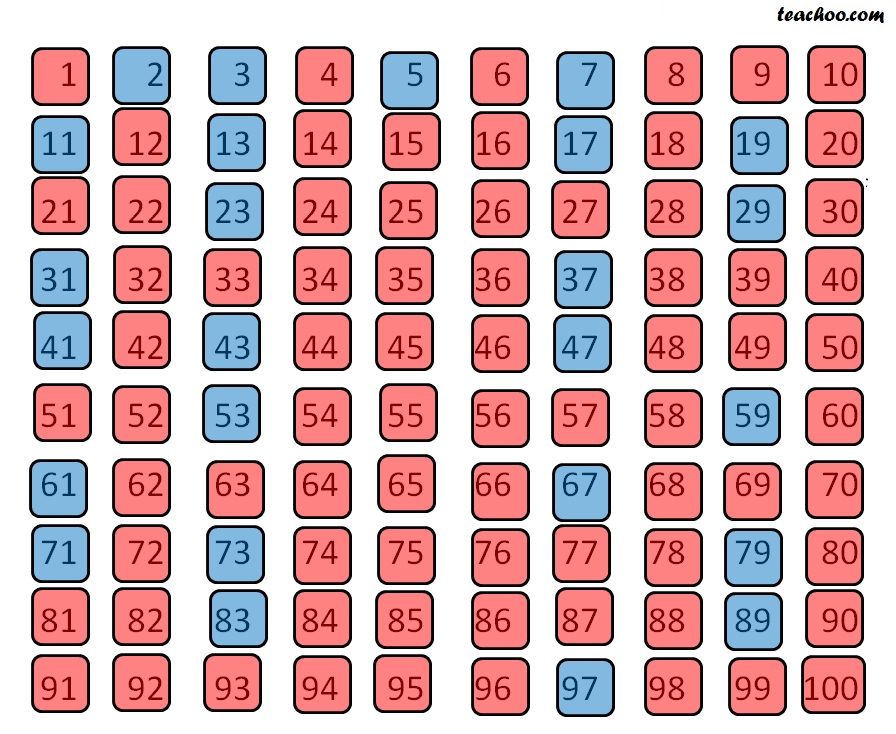

All those numbers that are not prime numbers will be categorized as composite numbers. When we say two factors there will be 1 and the other number present. The composite numbers or what is also commonly called the composites are the opposite of prime numbers which consists of only two factors and no more than that.

List the First Five Odd Composite Numbers.Īns: The first five odd composite numbers are as follows: 9, 15, 21, 25, 27.Īccording to basic Math, composite numbers are those numbers that have more than two factors present. Write the Smallest Odd Composite Number ?Īns: The smallest odd composite number is 9.Ĥ. Here the numbers in red color are composite numbers up to 100.ģ. What are the Composite Numbers from 1 to 100? Represent them on a Composite Number Chart.Īns: There are 74 composite numbers up to 100 which are represented in the composite number chart as follows: Įven composite numbers are all even numbers and are not prime.Ĥ, 6, 8, 10, 12, 14, 16, etc. Odd composite numbers are all the odd integers that are not prime.ĩ, 15, 21, 25, 27, etc, are examples of composite odd numbers. There are 74 numbers between the 1 to 100 composite numbers. For example, an integer 21 is a composite number as it is the product of the two smaller integers 3 and 7. All composite numbers can be written as the product of two or more primes. It returns for 1e5 almost instantaneously and 1e6 in under 2s.A positive integer that can be generated by multiplying two smaller positive integers is a composite number. Here's a recursive function that uses mod but is vectorized. They are slower than the sieve but a heck of a lot faster than the questioners original post.

Here are some alternate algorithms below coded about as fast as possible in R. Here's a much faster version with running times for 1e6 primes of 0.095s as opposed to 30s for the original version. That sieve posted by George Dontas is a good starting point.


 0 kommentar(er)
0 kommentar(er)
